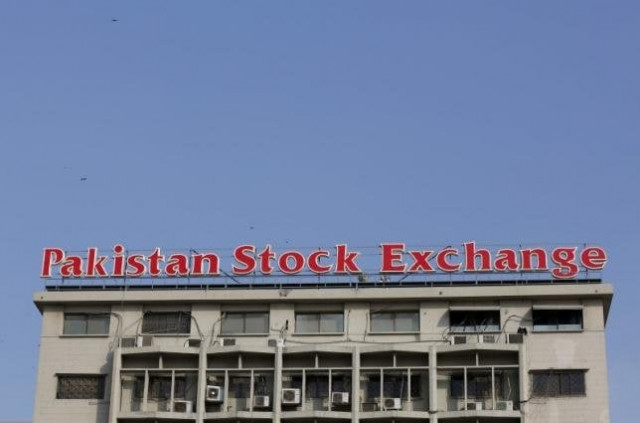PSX likely to reach 50,000 by end-2022
Poll forecasts economy will grow 4-5%, inflation will stand at 10% in FY22

A majority of financial market participants, fund managers and corporates believe that the Pakistan Stock Exchange (PSX) will slowly rebound to 45,000-50,000 points over the next 13 months (by the end of December 2022).
Besides, Pakistan’s economy will grow 4-5% in this fiscal year, the central bank will increase the key policy rate to 10-10.5% by December 2022, the rupee will depreciate to Rs180-185 by December 2022 and inflation will be on average 10-10.5% in the ongoing fiscal year, according to the results of a poll conducted by Topline Securities.
Giving its views, the brokerage house appeared more optimistic and anticipated that the PSX would rebound to “53,000 points by the end of December 2022 – offering a return of 18%”.
The research house released the poll results and its growth forecast in the midst of a bloodbath at the PSX on Thursday, where the benchmark KSE-100 index recorded the fourth largest decline of 2,135 points (or 4.71%) to 43,234 points.
The market plummeted on projection that the central bank might increase the key policy rate aggressively in its meeting on December 14 in the wake of a record high import bill of around $8 billion and 21-month high inflation rate of 11.5% in November.
“Economic stabilisation measures are likely to continue in 2022 in line with the International Monetary Fund (IMF) loan conditions,” Topline Securities said in its “Pakistan Market Outlook 2022: Economic Stabilisation to Continue – Limited Rerating despite Low PE” (price-to-earnings ratio).
Pakistan would continue to see interest rate adjustments, energy tariff rationalisation, withdrawal of tax exemptions and a few other tightening fiscal and monetary measures, it added.
Read KSE-100 nosedives over 2,100 points
“We believe that despite low valuations, market rerating will be limited in 2022 due to continuation of tough IMF reforms that will result in rising yield on fixed income instruments.”
“Our index target of 53,000 for December 2022 translates into a return of 18% from the current levels, which will be in line with last 20-year CAGR (compound annual growth rate) of 18% of KSE-100 index.”
Four key factors that will impact Pakistan’s market in 2022 include economic stabilisation measures, international commodities’ price trend, local and regional politics and foreign buying and selling trend.
On the positive side, early elections, sharp commodity price declines, improvement in relations with the US and foreigners’ stock buying could provide further upside, it said.
However, the worst case scenario for the market that could lead to lower-than-expected index levels would include suspension of IMF loan programme, increase in political noise and deterioration in law and order situation due to Afghanistan, it added.
It suggested that investors should take positions in selective stocks, which might “benefit from rising interest rates, local currency devaluation, and have cash-rich balance sheets”.
“The stocks may be from sectors such as banks, fertiliser, power, cement, oil and gas exploration, textile and technology.”
Pakistan’s market (based on Topline Universe) was currently trading at a forward PE of 5.6 times (excluding companies saddled with circular debt) and major rerating may be limited given the economic challenges ahead, it said.
With increasing interest rate, not only finance cost of companies would increase but their sales growth would also slow down. Similarly, the valuation of companies would also go down with a higher risk-free rate, it added.
Published in The Express Tribune, December 3rd, 2021.
Like Business on Facebook, follow @TribuneBiz on Twitter to stay informed and join in the conversation.


















COMMENTS
Comments are moderated and generally will be posted if they are on-topic and not abusive.
For more information, please see our Comments FAQ